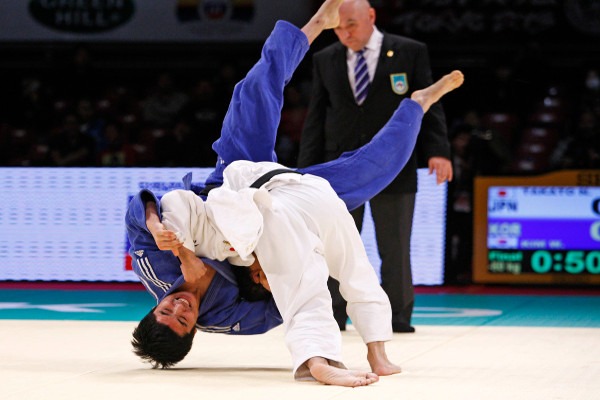
Throwing people to the ground is fun! In fact, for me, it is much more fun than taking them down to their butt. Do not get me wrong, I’ve got nothing against takedowns and do use them regularly. But throws are much more devastating, seeing as flying through the air before you end up crashing on the ground takes some time to recover from. And, as same as that window might be, it is long enough to go for a finishing move. There are two issues with BJJ throws though. The first is that there aren’t any generic ones. So, we borrow from Judo. The second issue is that some Judo throws might land you in trouble instead of the other way around. A great example is the Ippon Seio Nage.
Judo techniques are a near perfect match for Brazilian Jiu-Jitsu. The fact that they include Gi manipulation in their essence makes them very applicable in BJJ. However, rulesets can really affect how effective a throw can be between the two grappling martial arts. A throw that might be really high-percentage in Judo might not work at all in a Jiu-Jitsu setting. This is not inherently a bad thing. Such a situation leads to innovation and modifications, deepening the pool of techniques for both arts. This means BJJ throws are in essence similar to Judo throws, but modified in some crucial aspects. The Ippon Seio Nage, for example, is pretty dangerous to go for in BJJ. But the Drop Seio Nage is a completely different story.
BJJ Throws: The Drop Seio Nage
The Drop Seio Nage is not a throw that comes naturally to people in Jiu-Jitsu. After som any hours of instruction on never turning your back to your opponent, it is not surprising. However, every rule has an exception. And, the Drop Seoi Nage is as exceptional as it gets.
If you look at high-level BJJ competitions across the world, you’ll see the Drop Seoi Nage feature, yet not nearly as much as it could. Actually, apart from a few proficient Judo players with lower belts, it is almost exclusively a throw used in the advanced divisions. this means that brown and black belts use it as part of their BJJ throws much more than others. While the throw itself does require good technical skills and very precise timing, it is not an advanced technique per say. In fact, it can work at all belt levels and for every type of grappler.
The Drop Seoi Nage is one of the most reliable BJJ throws if you can master its mechanics. It lands you in a great top position to easily dominate a match. In many instances, it’ll open up submission option straight away. It is an explosive and violent throw that leaves opponents confused and dazzled. For Brazilian Jiu-Jitsu, this throw is exactly what the doctor prescribed. The only “drawback” is that you’ll need to drill it, constantly and with as many different partners as possible.
The Judo Version
The basic Judo version of the throw is actually the Ippon Seoi Nage. For Judo, this throw is somewhat of a basic. It is akin to the armbar in Jiu-Jitsu – you learn it early and you can use it all the way to black belt. That said, the move is not one that comes naturally to people, hence the need to drill it so much.
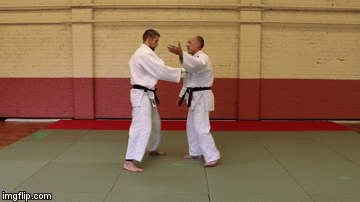
The one glaring issue that prevents the Ippon Seoi Nage of being a part of the most successful BJJ throws is arm placement. Whenever you place an opponent’s arm over your shoulder, you’re opening up back attacks. Even if you do not get choked, your opponent can take your back and start from a dominant position. Skillful and experienced grapplers can take the back even as they’re being thrown via an Ippon Seoi Nage.
BJJ Modification
The one key modification is probably obvious to you now. It is, of course, the placement of the arm. However, as with all other BJJ techniques, why stop there? Why not increase the power of the throw even further, by introducing a level change.
Initially, the grips are the same as in Judo. As far as differences go, remember that the grips you get, are the same grips that you’re going to keep until the opponent is on the ground in front of you. The arm is not going to to go under when the grip stays on the collar. However, as you need support under the opponent’s triceps, your elbow is going to go under the opponent’s armpit. This eliminates the back take problem immediately.
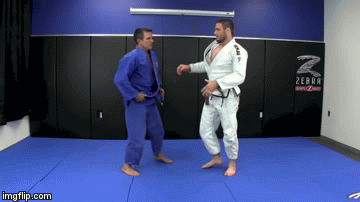
Brutal Drop Seoi Nage
If there’s one example of a nasty Drop Seoi Nage that works in high-level BJJ, it is that of Erberth Santos. The Brazilian throws heavyweights around like they’re pillows, planting them on their faces. His Drop Seoi Nage is a brutal version of the regular and has much to do with Santos’ explosiveness.
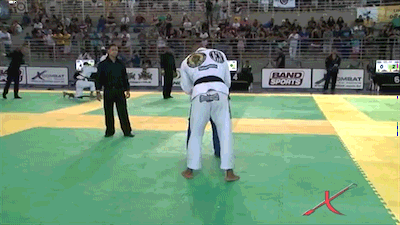
Travis Stevens is an Olympic Judo Silver Medalist and a BJJ black belt. If there’s anyone that knows how to adapt Judo to BJJ it is him. In his “Takedown Blueprint” DVD set, Travis goes over all kinds of Judo throws for BJJ, along with the help of his friend and mentor, Judo standout Jimmy Pedro. Pick this video instructional up and start enjoying immediate success on the feet!


![Darce Choke Encyclopedia – Origins, Mechanics and Variations [2024] BJJ, choke, Brabo, BJJ Darce Choke, D'arce Choke, Darce BJJ Choke](https://bjj-world.com/wp-content/uploads/2017/11/JungPoirierLeeYahoo-218x150.jpg)






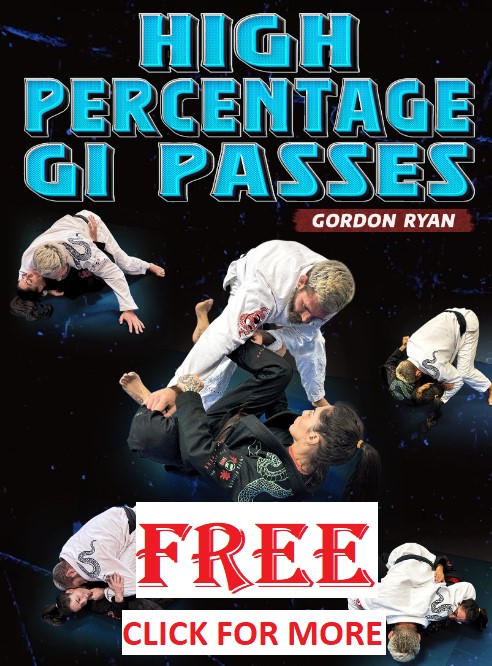




![Upper Body Chain Attacks Janine Mocaiber DVD Review [2025] Upper Body Chain Attacks Janine Mocaiber DVD Review](https://bjj-world.com/wp-content/uploads/2025/03/upper-body-chain-attacks-janine-mocaiber-dvd-review-218x150.png)
![The Empty Half Guard Michael Currier DVD Review [2025] The Empty Half Guard Michael Currier DVD Review](https://bjj-world.com/wp-content/uploads/2025/03/empty-half-guard-michael-currier-dvd-review-218x150.png)

![Lockdown Quickstart Guide Cameron Mellott DVD Review [2025] Lockdown Quickstart Guide Cameron Mellott DVD Review](https://bjj-world.com/wp-content/uploads/2025/03/lockdown-quickstart-guide-cameron-mellott-dvd-review-218x150.png)
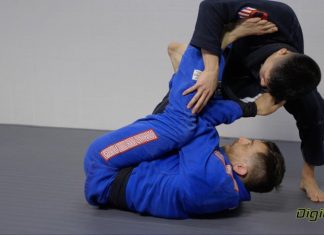


![Collar Sleeve Guard Mikey Musumeci DVD Review [2024] Collar Sleeve Guard Mikey Musumeci DVD Review](https://bjj-world.com/wp-content/uploads/2024/12/collar-sleeve-guard-mikey-musumeci-dvd-review-100x70.png)




![Slay The Wrestle Up Guard Nick Rodriguez DVD Review [2024] Slay The Wrestle Up Guard Nick Rodriguez DVD Review](https://bjj-world.com/wp-content/uploads/2024/12/slay-the-wrestle-up-guard-nick-rodriguez-dvd-review-100x70.png)
![Zen Guide To Submission Grappling Margot Ciccarelli DVD Review [2025] Zen Guide To Submission Grappling Margot Ciccarelli DVD Review](https://bjj-world.com/wp-content/uploads/2025/02/submission-grappling-margot-ciccarelli-dvd-preview-100x70.png)
![Bricks Kesa Gatame System Jeremy Brick DVD Review [2025] Bricks Kesa Gatame System Jeremy Brick DVD Review](https://bjj-world.com/wp-content/uploads/2025/02/bricks-kesa-gatame-system-jeremy-brick-dvd-review-100x70.png)
![Closed Guard Reintroduced Adam Wardzinski DVD Review [2025] Closed Guard Reintroduced Adam Wardzinski DVD Review](https://bjj-world.com/wp-content/uploads/2025/01/closed-guard-reintroduced-adam-wardzinski-dvd-review-100x70.png)


![How to Double Leg Anyone Kevin Lee DVD Review [2024] How to Double Leg Anyone Kevin Lee DVD Review](https://bjj-world.com/wp-content/uploads/2024/11/how-to-double-leg-anyone-kevin-lee-dvd-review-100x70.png)
![Spider and Lasso Guard Jared Welman DVD Review [2025] Spider and Lasso Guard Jared Welman DVD Review](https://bjj-world.com/wp-content/uploads/2025/01/spider-and-lasso-guard-jared-welman-dvd-review-100x70.png)



![Dubious De La Riva Dominique Bell DVD Review [2024] Dubious De La Riva Dominique Bell DVD Review](https://bjj-world.com/wp-content/uploads/2024/10/dubious-de-la-riva-dominique-bell-dvd-review-100x70.png)


![Systematically Attacking The Crucifix Gordon Ryan DVD Review [2024] Systematically Attacking The Crucifix Gordon Ryan DVD Review](https://bjj-world.com/wp-content/uploads/2024/10/systematically-attacking-the-crucifix-gordon-ryan-dvd-review-100x70.png)


![Weight Training For Grappling Michael Israetel DVD Review [2025] Weight Training For Grappling Michael Israetel DVD Review](https://bjj-world.com/wp-content/uploads/2025/01/weight-training-for-grappling-michael-israetel-dvd-review-100x70.png)
![Total Domination Top Control Mariusz Domasat DVD Review [2024] Total Domination Top Control Mariusz Domasat DVD Review](https://bjj-world.com/wp-content/uploads/2024/09/domination-top-control-mariusz-domasat-dvd-review-100x70.png)

![Unpinnable Mount Escape Mastery Haleem Syed DVD Review [2025] Mount Escape Mastery Haleem Syed DVD Review](https://bjj-world.com/wp-content/uploads/2025/01/mount-escape-mastery-haleem-syed-dvd-review-100x70.png)
![Position And Submission Escapes Craig Funk DVD Review [2025] Position And Submission Escapes Craig Funk DVD Review](https://bjj-world.com/wp-content/uploads/2025/02/position-and-submission-escapes-craig-funk-dvd-review-100x70.png)